An online food delivery platform set up to help local businesses combat service charges has revealed a new initiative to help firms during the cost of living crisis.
What The Fork, based in Largo House in Dunfermline, will launch its Where2 service this month, which it hopes will help reduce costs for both hospitality firms and their customers across Tayside and Fife.
The company’s alternative delivery service aims to help remove third-party food ordering platforms from eateries’ business models.
It will do this by pooling existing drivers venues already use into one group where they will split food delivery jobs between them.
This means drivers will be able to pick up and deliver items for multiple locations across Tayside and Fife.
The firm hopes this will help to drive more income per night than the alternative of one or two drivers per venue.
All drivers will be self-employed and will be paid by the end user through the delivery fee charge.
The initial launch of Where2 will require between 30 to 40 drivers, who What The Fork are currently recruiting.
The trial will be launched in Dunfermline, Dalgety Bay, Inverkeithing and Rosyth, with plans to roll it out to the rest of the area the business covers by the new year.
Since its launch in 2018, What The Fork has expanded from 100 to 700 partners across Scotland and the south of England.
As with the larger third-party, UK-wide food delivery service apps – which What The Fork founder Steven Coutts says charge “anything between 30-40% commission on orders” – customers and businesses will be able to track their orders on What The Fork.
Customers will also be able to contact drivers while they are travelling with their order.
What The Fork still charges commission on all orders; however, this is done on a case-by-case basis, meaning local businesses are less likely to pay the larger sums associated with national delivery firms.
When The Courier last reported on the business, in 2021, its commission rates for restaurants and takeaways were 10% for each order.
It is capped at £3,500 and business’ then keep whatever profits they make over that.
Many businesses are being hit with large gas and electricity bills plus the rising cost of food, while consumers are seeing shopping bills increase and disposable income deplete as a result of rising living costs.
Customers are now also ordering more food to their home rather than going out to restaurants, following new habits created during the pandemic.
Statista forecasts the food service delivery market will be valued at £14.6 billion come 2025.
As a result, venues have been pushed to operate online and offer takeaway to survive, and platforms like What The Fork have been looking to support them further to get their food into customers’ hands at a lower cost.
Customer discounts
What The Fork has also created a new category on its app called Takeaway, Tak£-away.
The deals are designed by featuring meals that aren’t as popular and altering the price to make them appear more attractive.
Operations manager Gina Lowe says creating a discounted section of up to 20% for customers to order family meal deals for a cheaper price has been successful for businesses.
She explained: “We leave it up to the venue what food they offer in their deal, which will allow them to still make a profit.
“Family meal deals have been successful and lots of partners have wanted to join that.
“Our aim is to support and work in a partnership with business owners to help them have an affordable option compared to some of the other giants that are in the market.”
A five-figure sum has been invested into the company’s operation since launching four years ago.
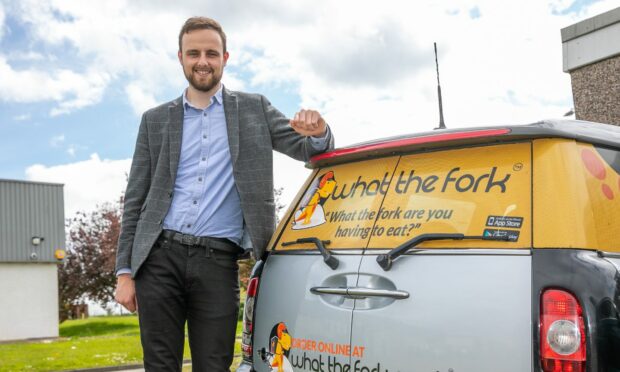
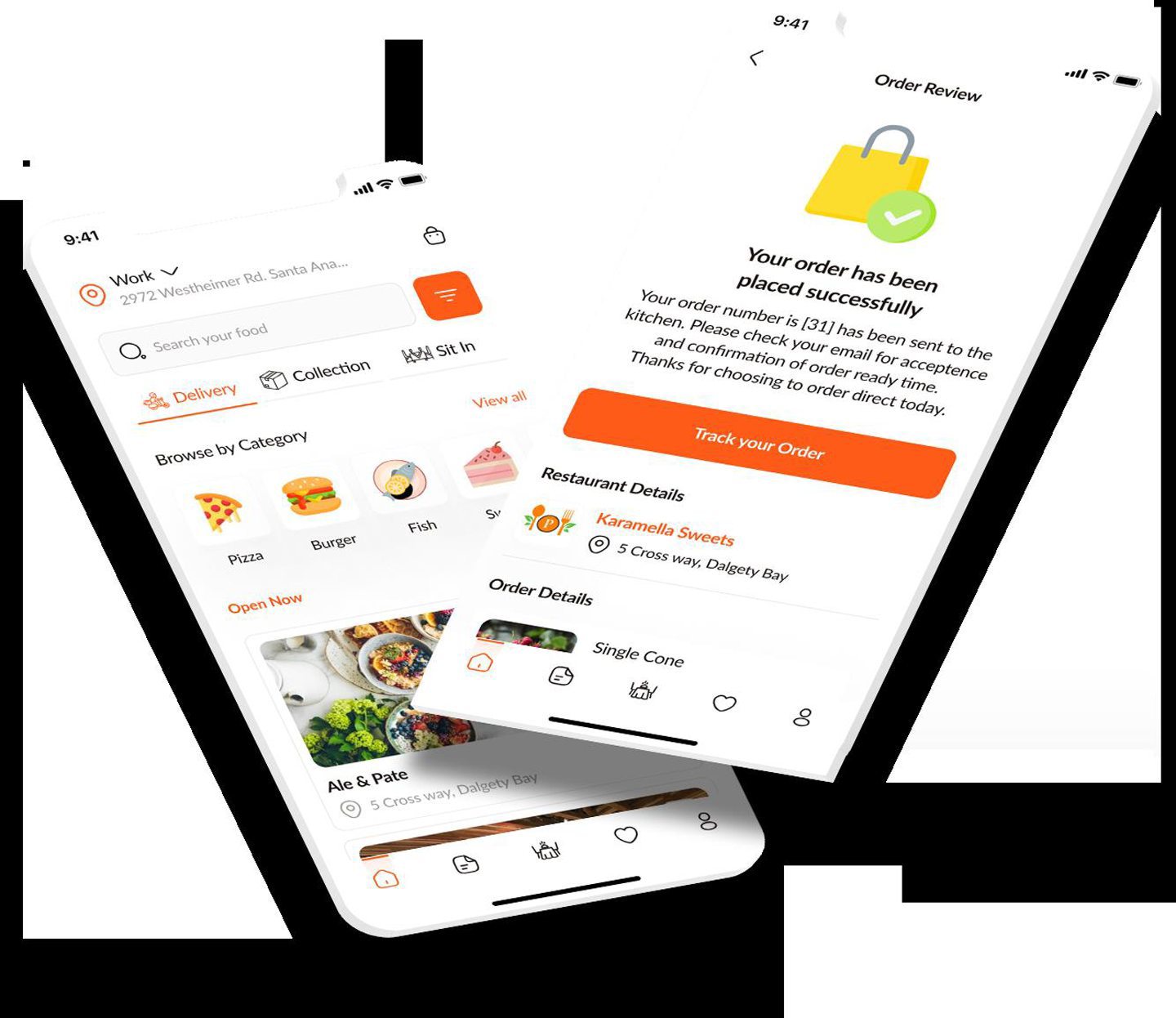
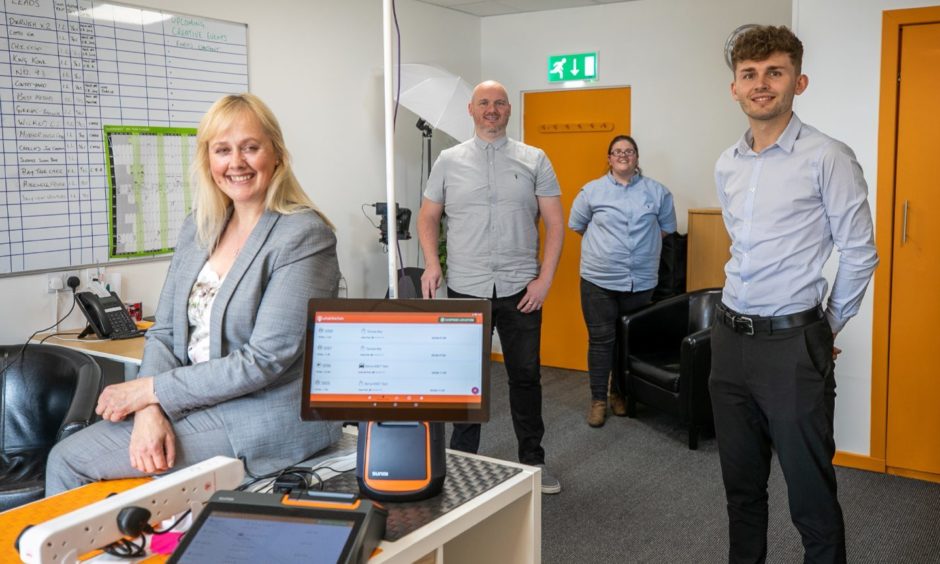


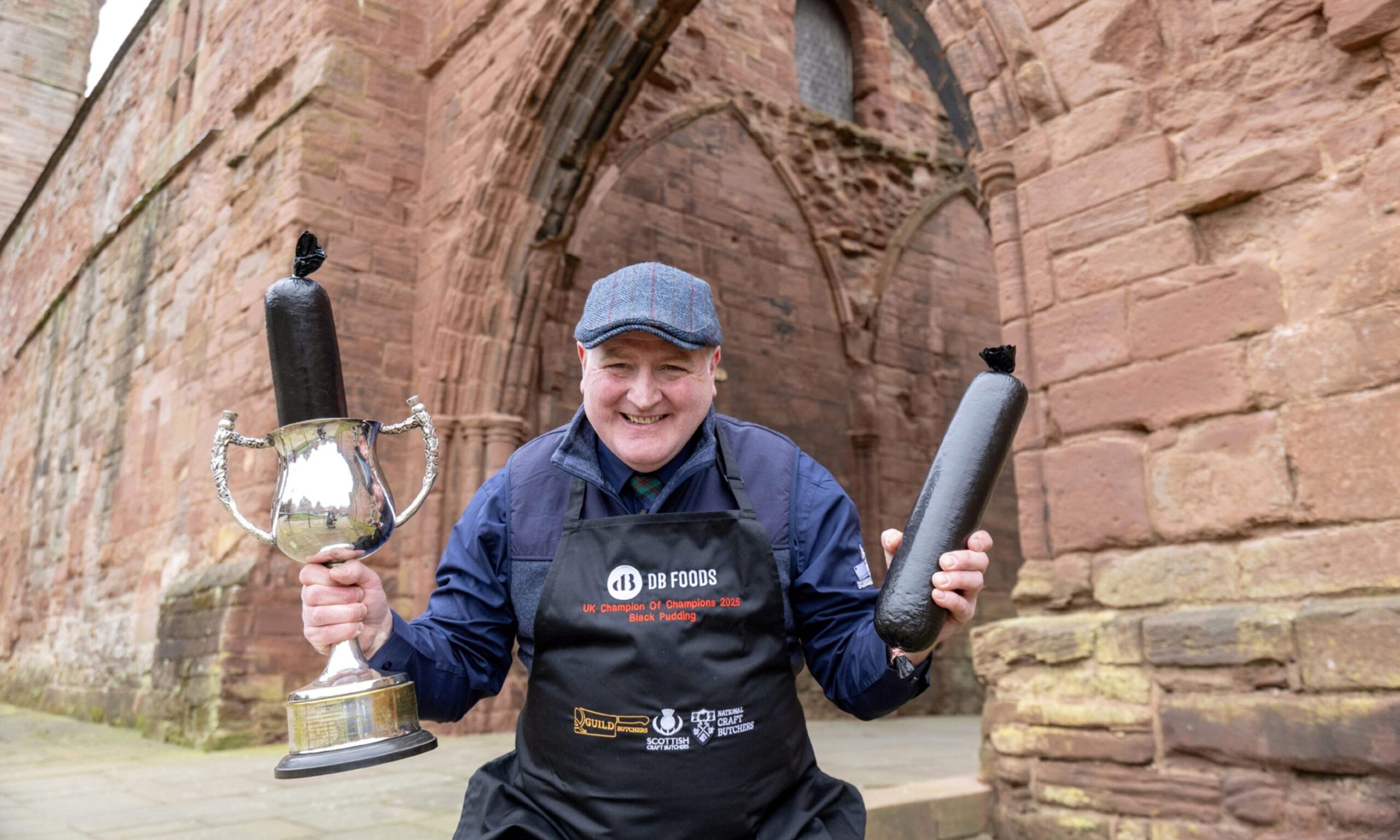

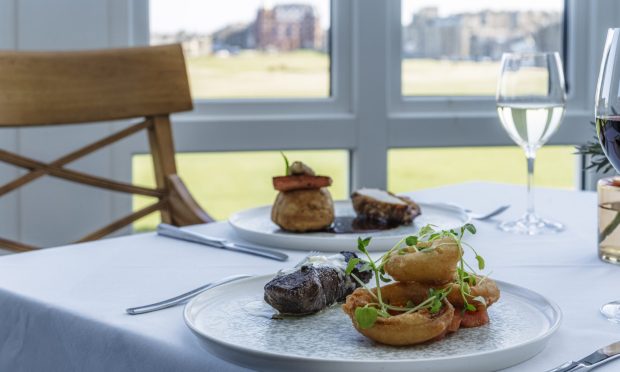
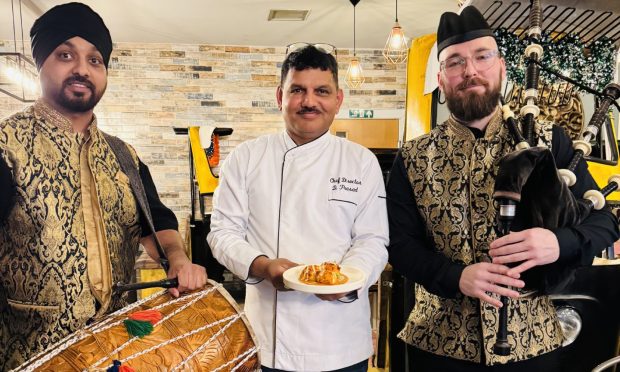

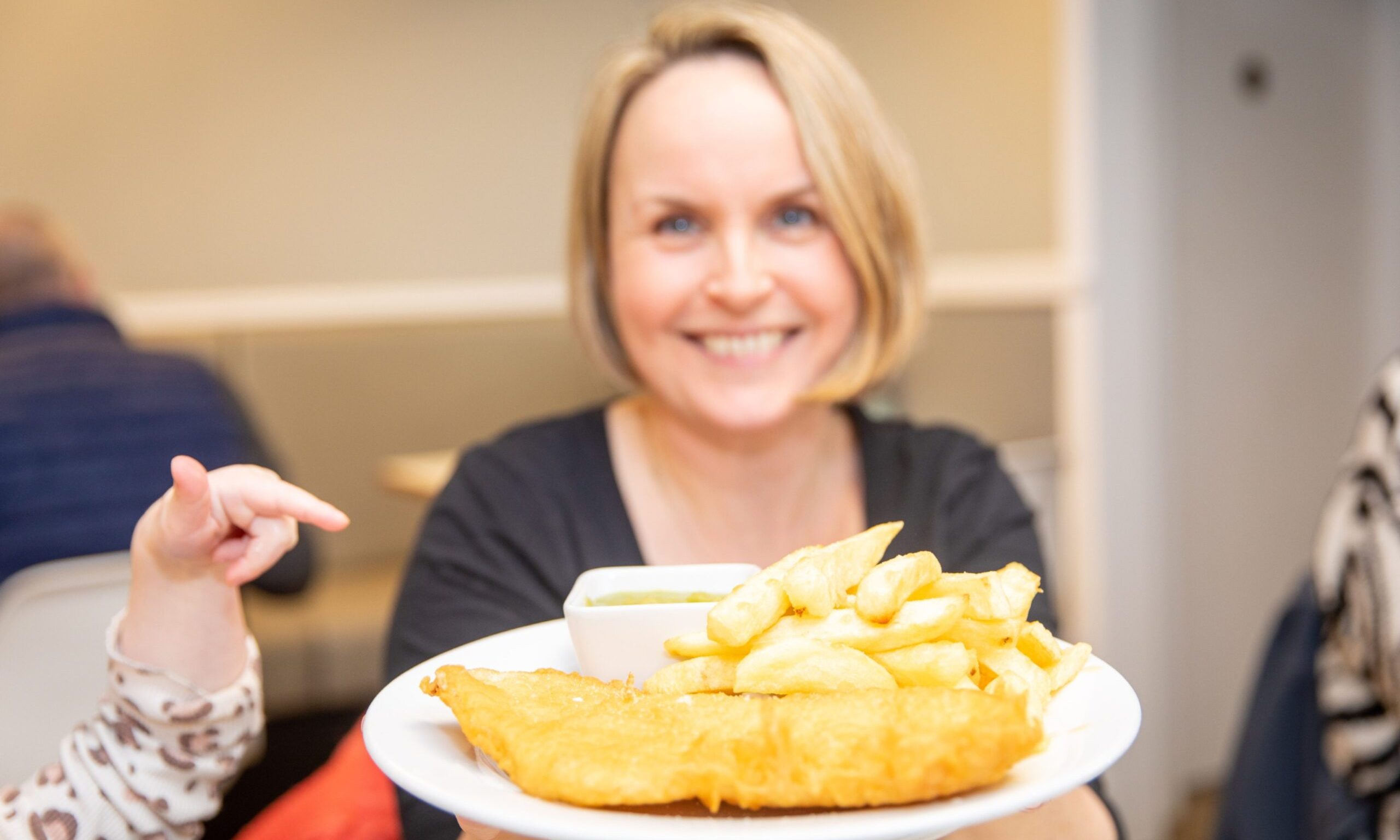
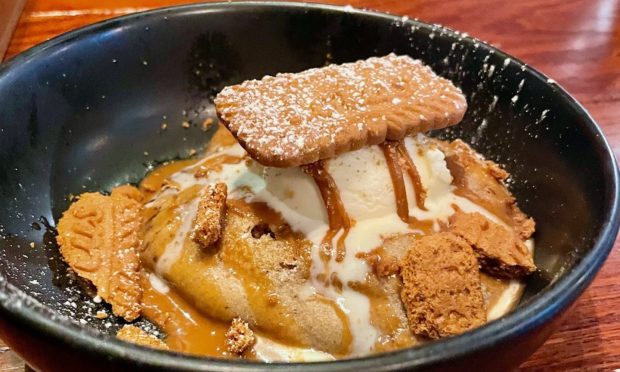
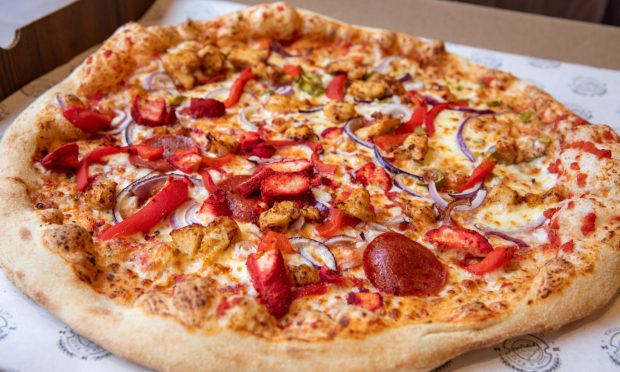

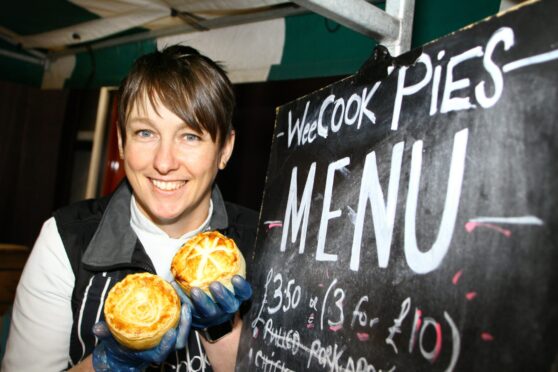
Conversation